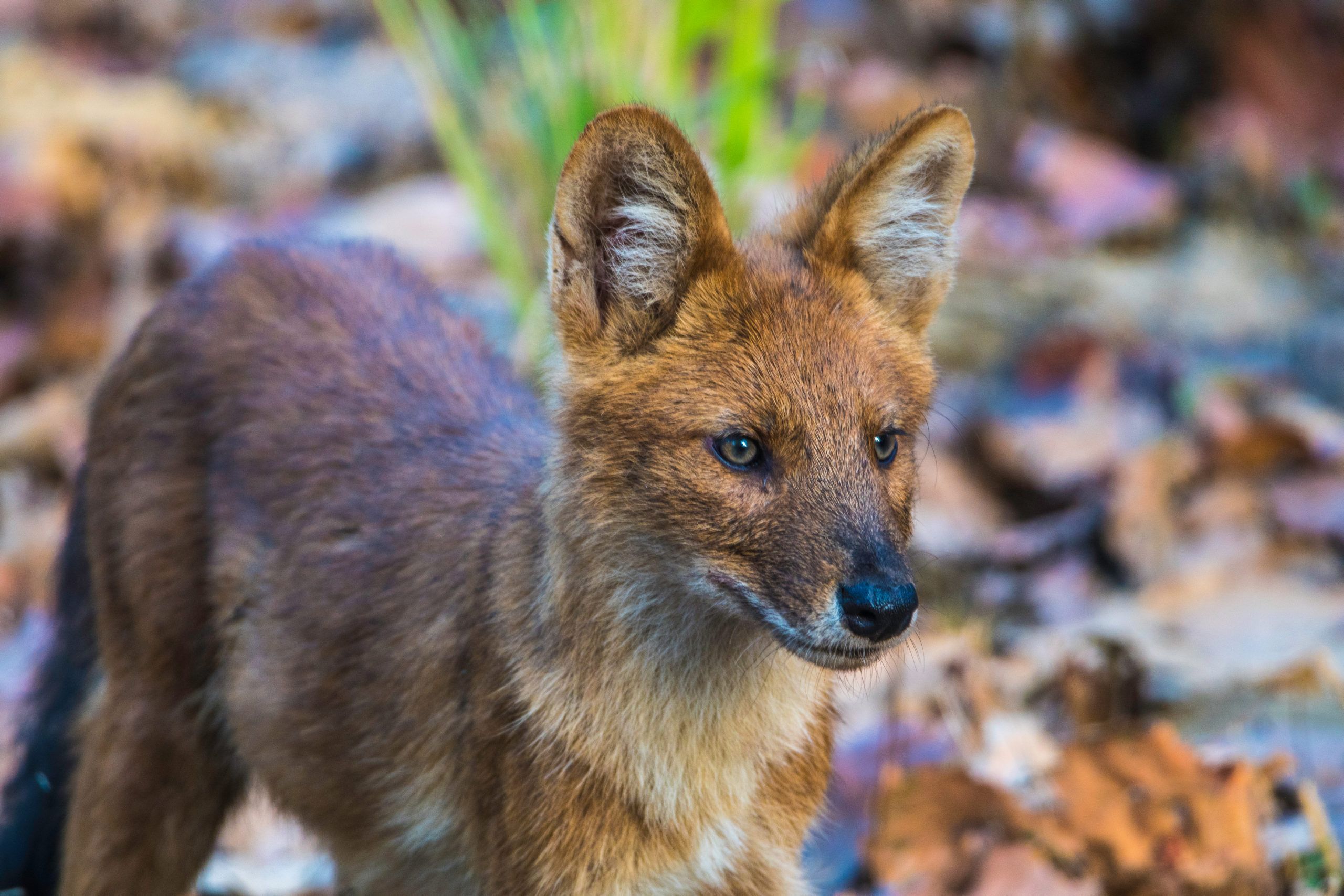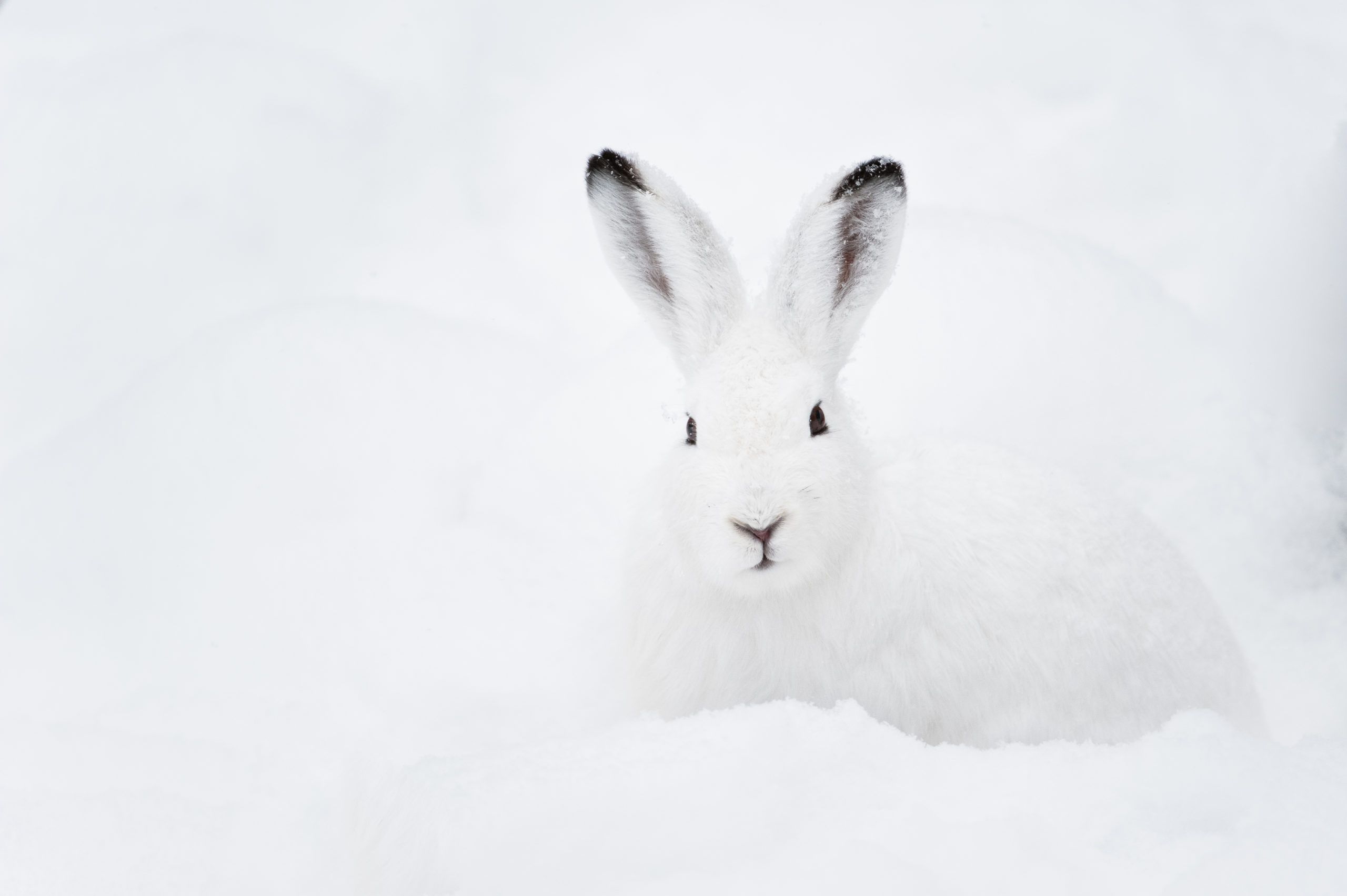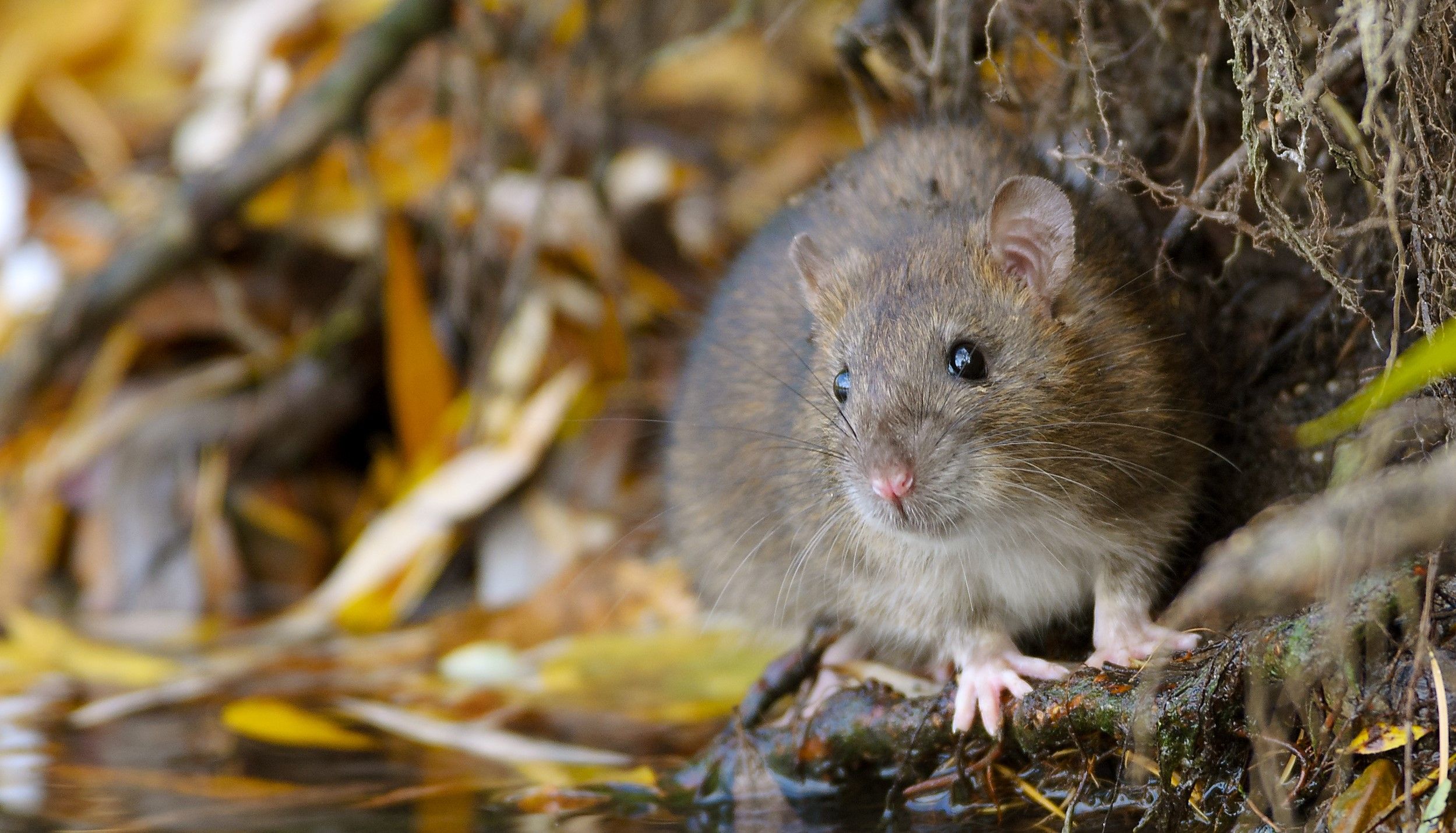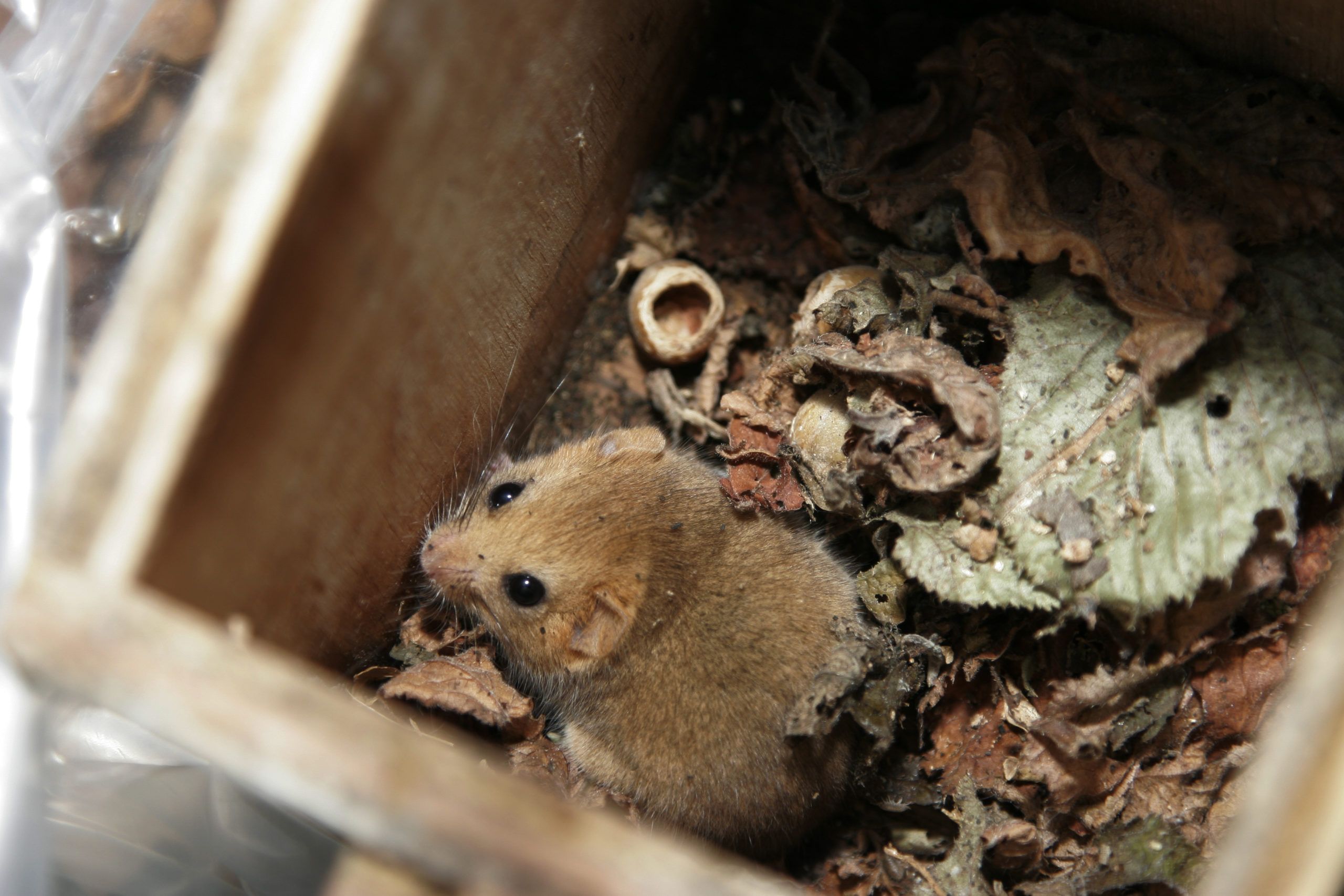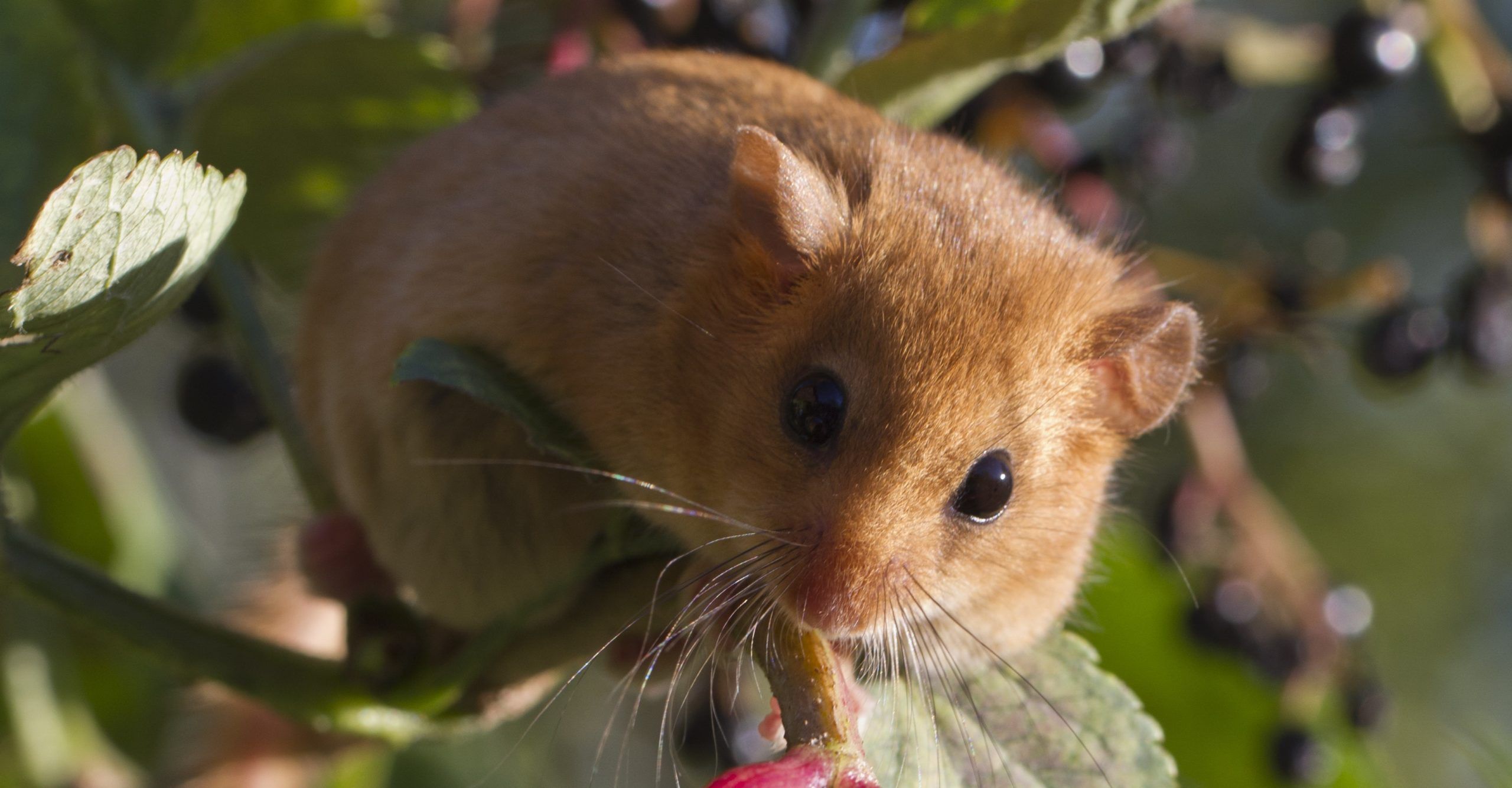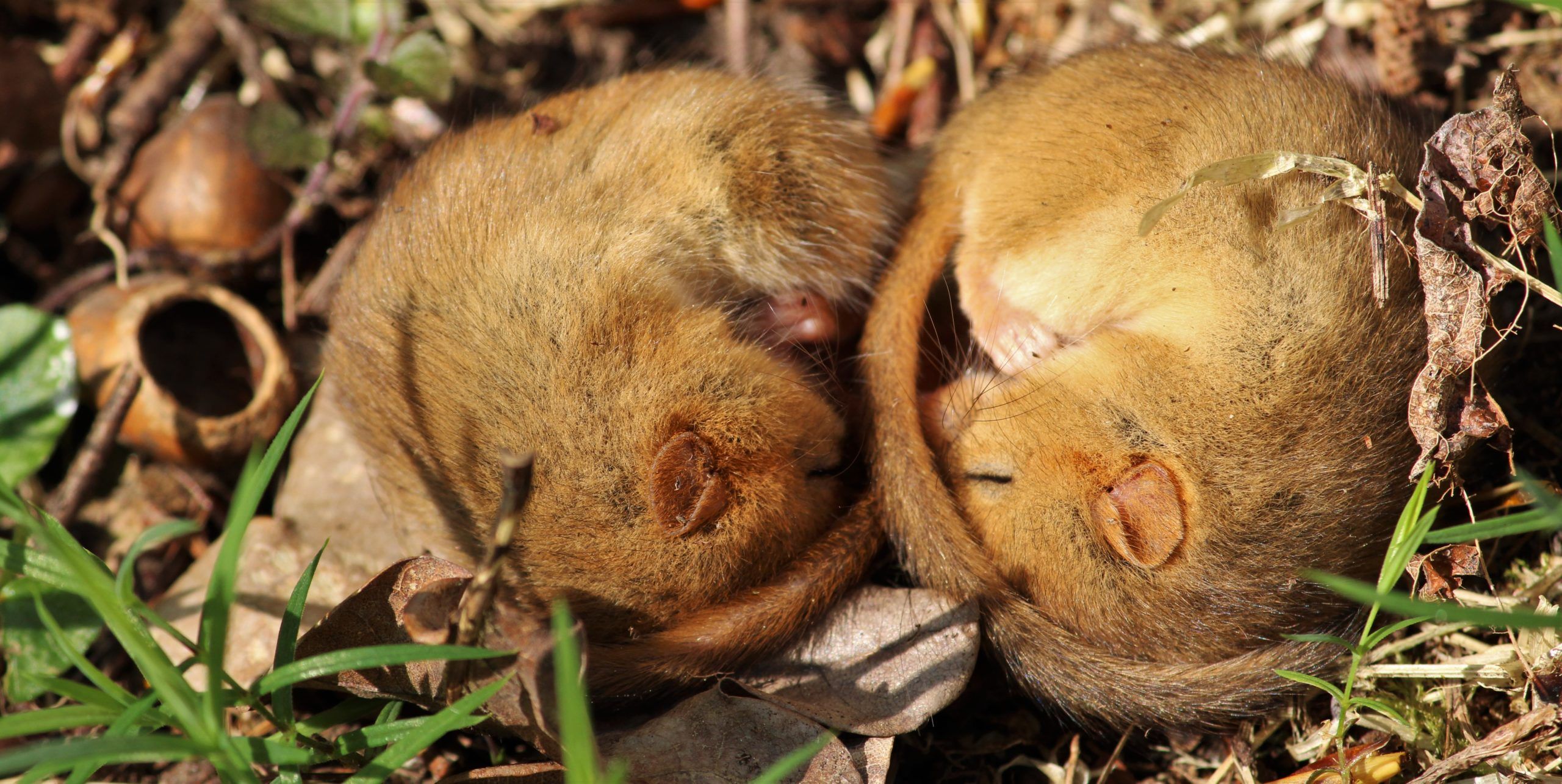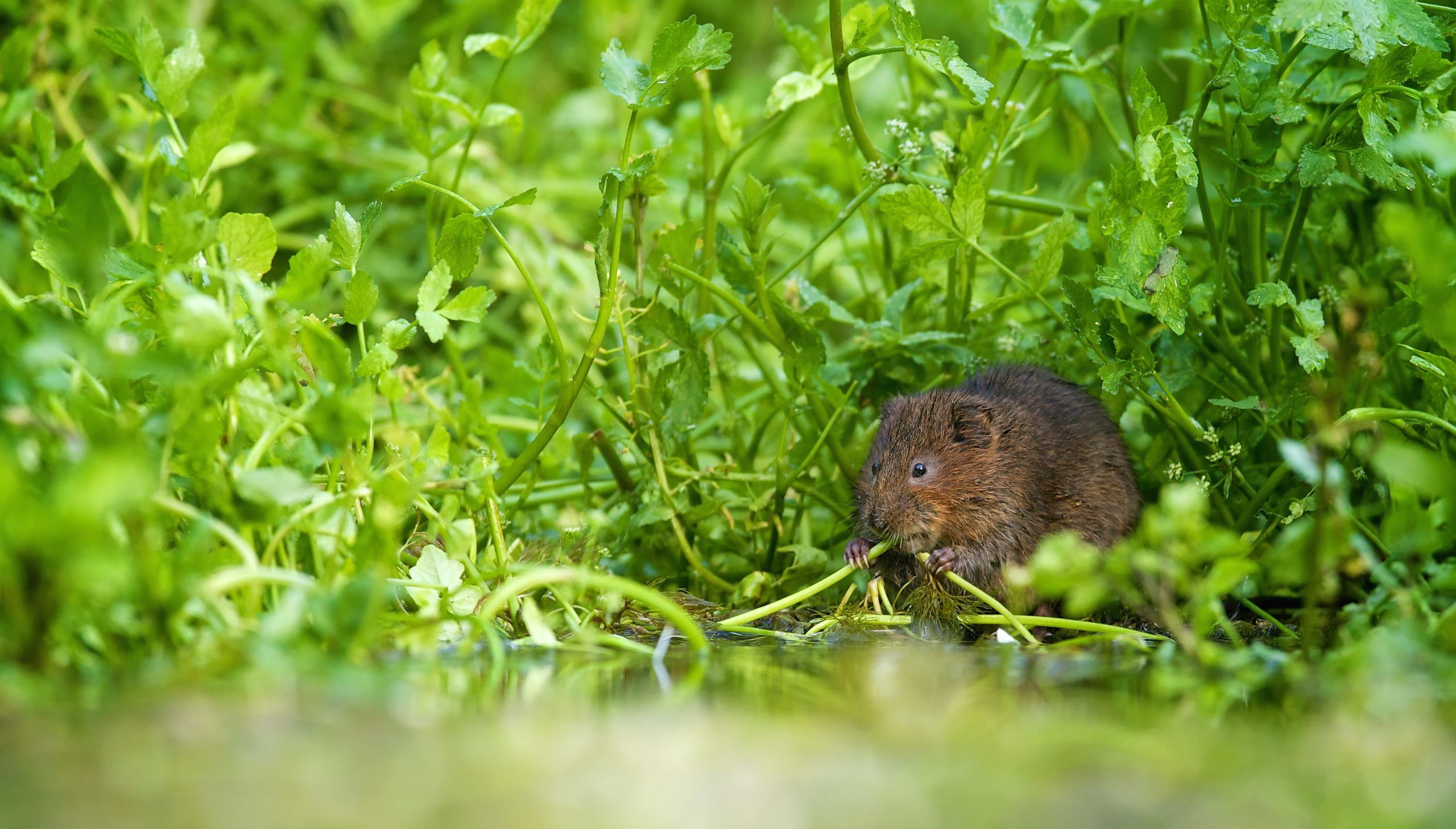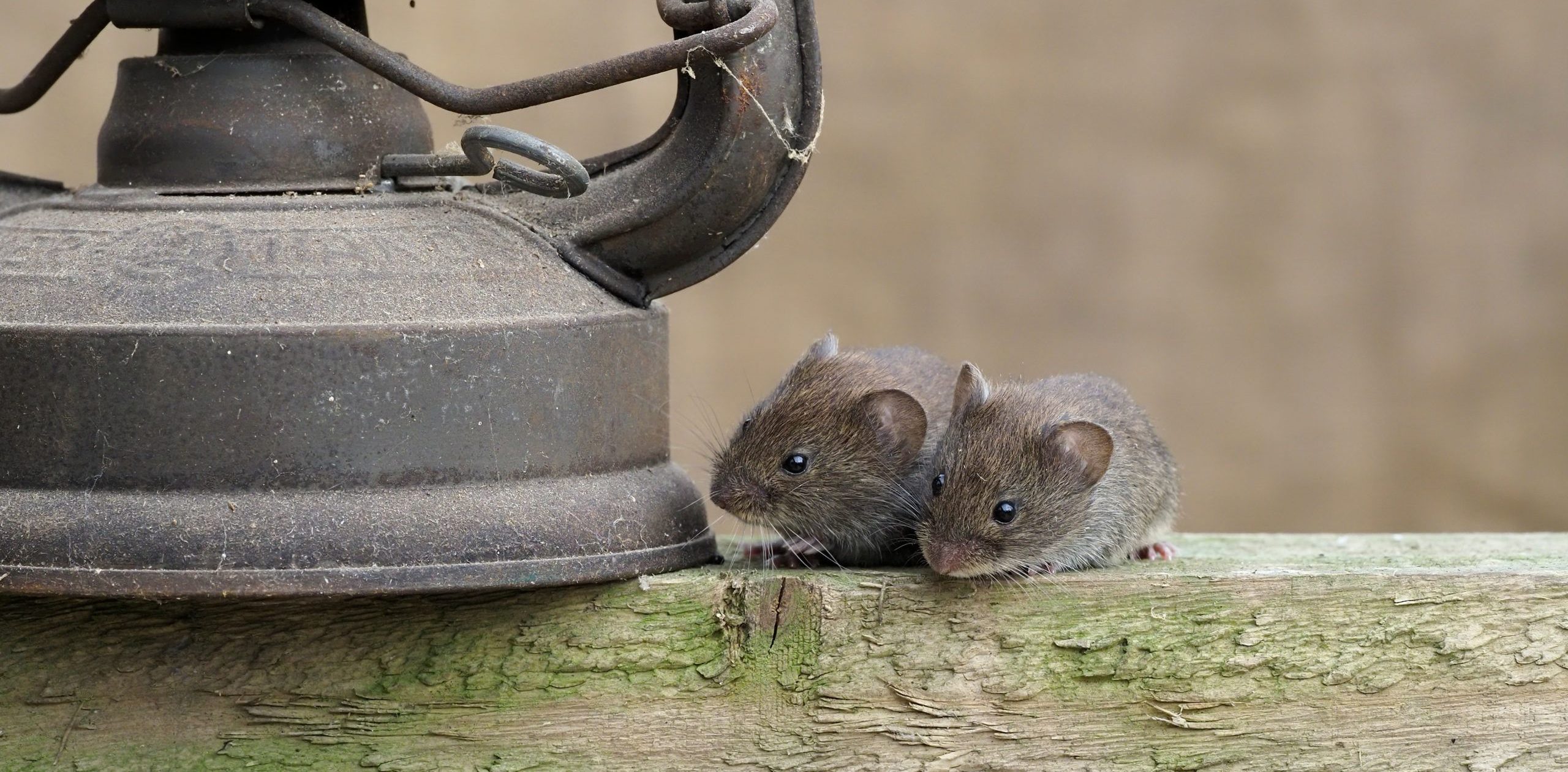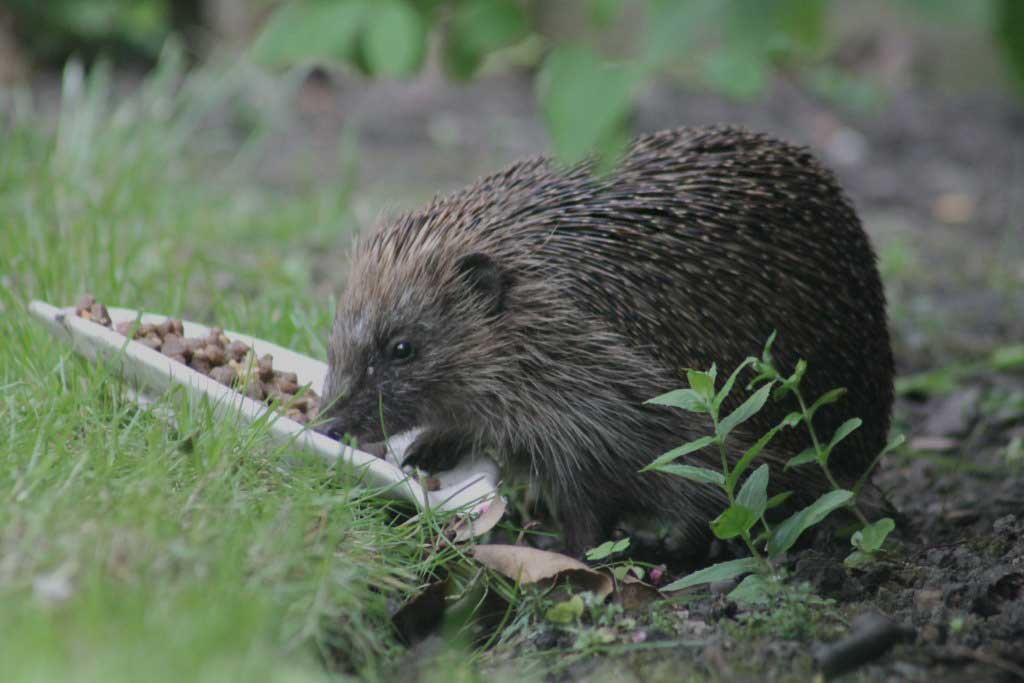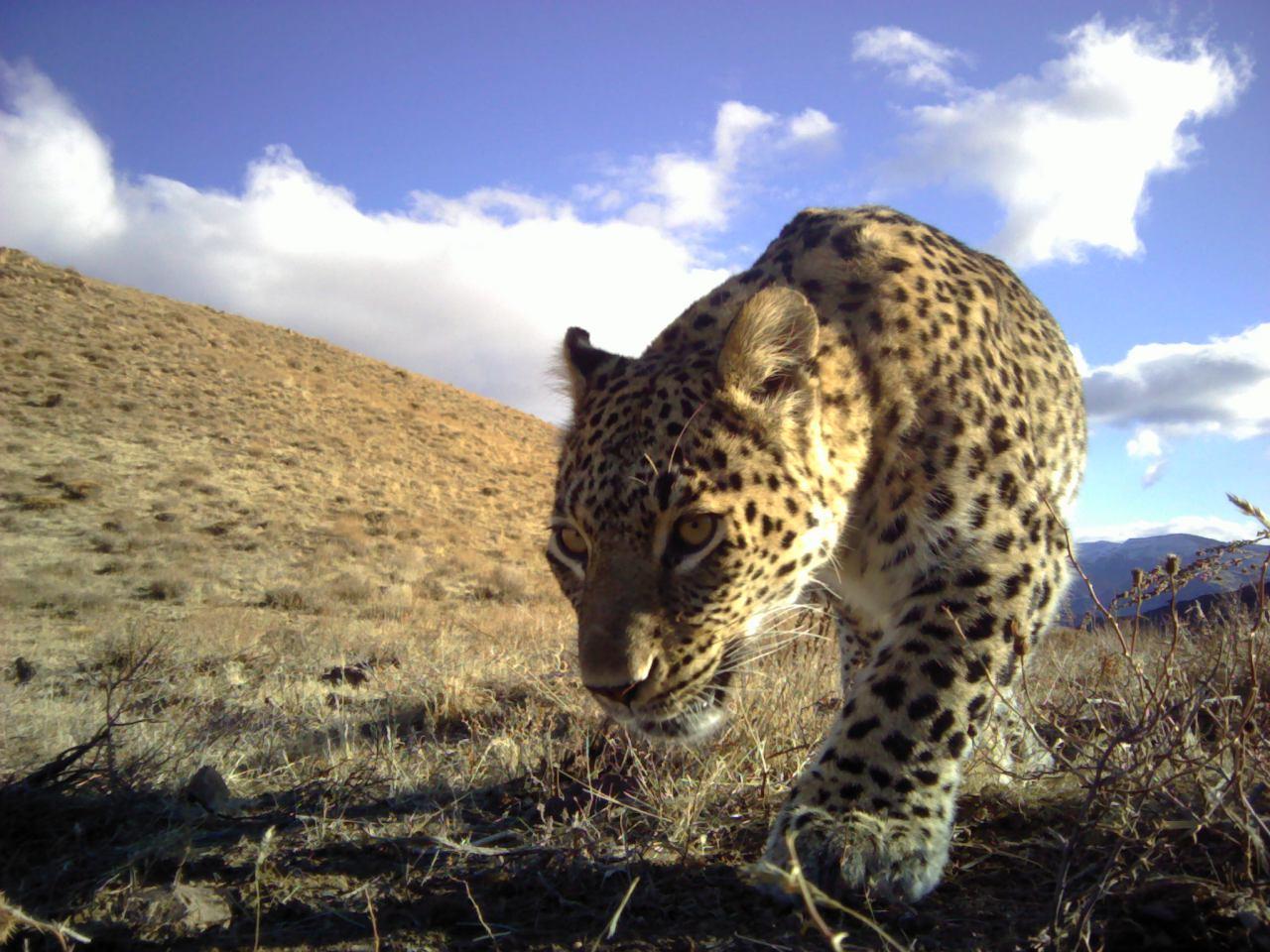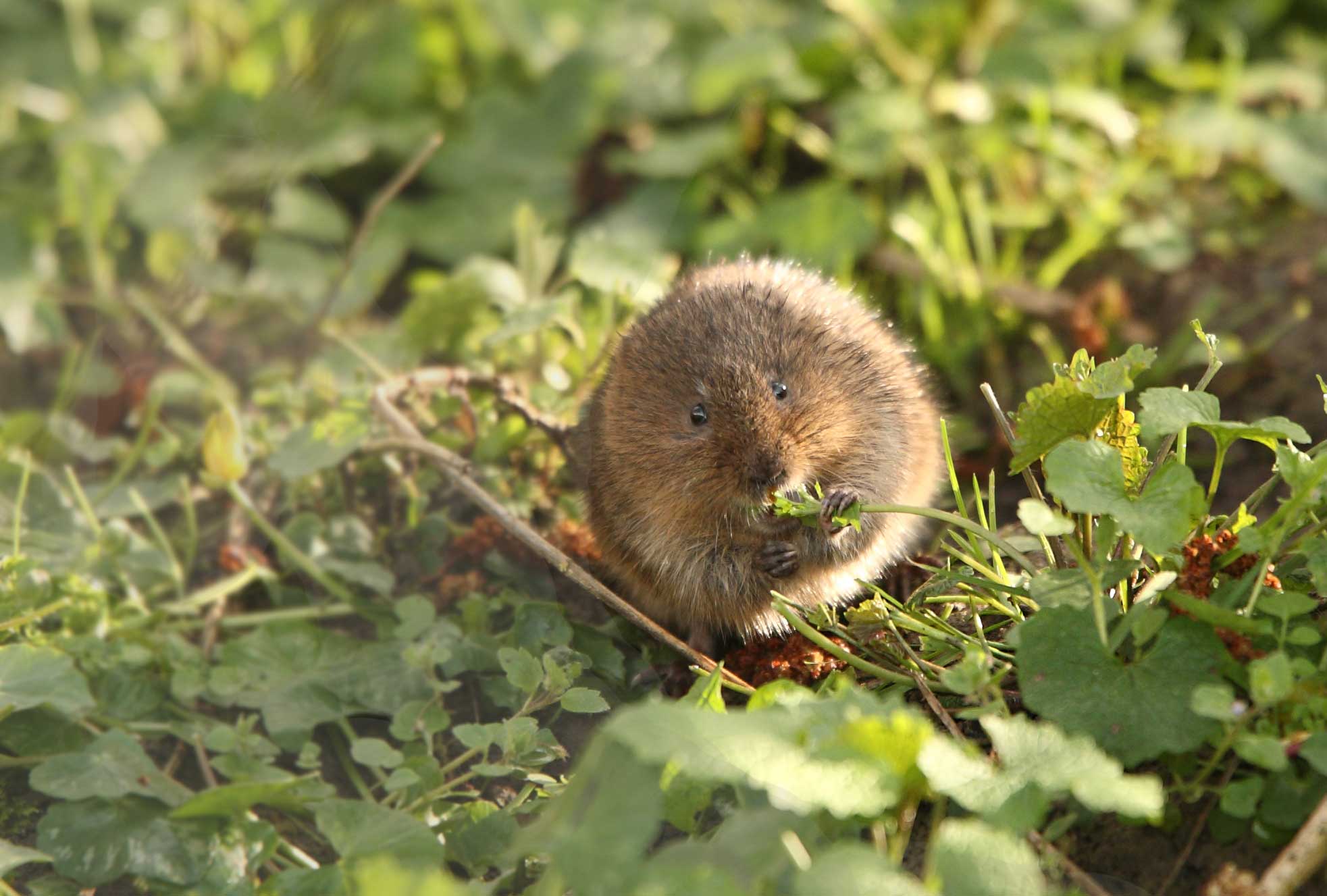News
Search by topic
Yadav Ghimirey works for Friends of Nature, a youth-led wildlife charity based in Nepal. PTES has been providing support for Yadav and his team as they help endangered dholes, or Asiatic wild dogs, return to their region. Wild dog numbers plummeted across their range, mostly due to persecution and habitat loss. But in recent years, …
Read article...Research shows brown hares are predicted to take over mountain hare habitat as temperatures rise Climate change is putting the future of our Peak District mountain hares at risk. This important but alarming research has been carried out by Carlos Bedson, at Manchester Metropolitan University, with support from PTES. The Peak District’s altitude and colder …
Read article...Neighbours, however good, don’t always rub along smoothly and sometimes the attentions of our wild ones can be unwanted. But lethal pest-control methods are often indiscriminate and don’t necessarily solve the problem. Kevin Newell, from Humane Wildlife Solutions, looks at the more humane and ecologically-minded alternative to discourage rats in your garden. Sadly, when someone …
Read article...Dormice reintroduction June 2021 We were delighted to team up with various partners to release the 1000th hazel dormouse in Lancashire last week. Thirty animals were released into a woodland in the Arnside and Silverdale Area of Outstanding Natural Beauty (a nationally protected landscape covering parts of north Lancashire and south Cumbria). Reintroductions are crucial …
Read article...Along with our partners at Natural England, PTES collate records from over 400 dormouse monitoring sites across the UK. The NDMP now has hundreds of trained monitors regularly checking dormouse boxes throughout the year. We’re extremely grateful to all our dormouse monitors for their great contribution to dormouse conservation. How long have you been monitoring for? …
Read article...All organisms shed DNA into the environment. Sources of DNA include mucus, hair or fur, skin, urine and faeces. This environmental DNA, or eDNA, can be extracted from samples taken in the wild (usually soil or water) and used to detect different species, measure biodiversity, and even look at the abundance of different animals. It’s …
Read article...A project at Fingle Woods A woodland conservation scheme that PTES is funding in partnership with the Heritage Lottery Fund is making new discoveries about how dormice colonise recovering habitat. The project is located in Fingle Woods, a site jointly owned by the National Trust and Woodland Trust, in the north of Dartmoor in Devon. …
Read article...Isabel Fry has been out surveying water voles as part of the National Water Vole Monitoring Programme, which PTES runs every year. Find out more about the programme and get involved here. Found along our waterways, water voles are similar-looking to the brown rat, but with a blunt nose, small ears and furry tail. Sadly, …
Read article...It’s that time of year again when spring is upon us. The birds are singing in the trees, the bees are buzzing in the meadows and all around us there are many species of mammal that are performing courtship displays, some of which are very intricate and surprising. I’m sure we’ve all seen squirrels chasing …
Read article...We know very little about hibernation in those British mammals that use this strategy to survive winter periods when food is scarce. It’s possibly a vulnerable time for these animals. Both hedgehogs and hazel dormice hibernate on the ground. This helps them keep their temperatures and humidity levels relatively stable. However, we do know that …
Read article...We’ve heard lots of stories about the differing impacts of the pandemic across the globe. Many of us had to slow down and stay at home. Others ended up busier than ever. Mohammad Farhadinia’s team, working in the mountains of Iran, were certainly busy; “Our conservation work could not afford to pause. During 2020, our …
Read article...Britain’s water voles are in trouble. The arrival of non-native American mink and loss of suitable habitat have led to them becoming one of our fastest declining mammals. The key to halting the decline and conserving this species is understanding where water voles currently are, where they are doing well, and crucially, where they have …
Read article...Press and media
For all media enquiries please contact Jane Bevan or Adela Cragg at Firebird Public Relations on 01235 835297 or email ac@firebirdpr.co.uk.

